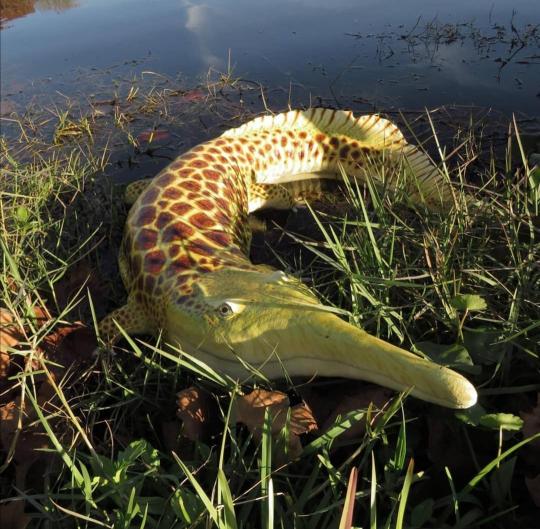#aphaneramma
Text
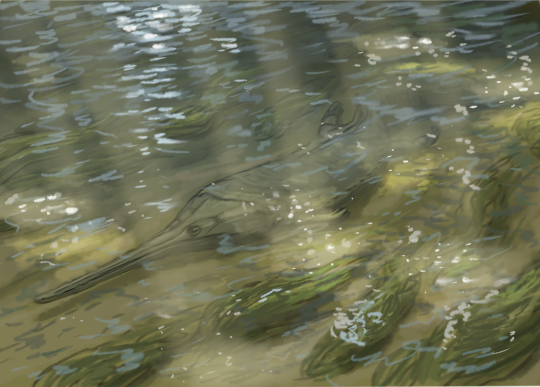
Another sketch brought to you by #paleostream
Aphaneramma, a long snouted temnospondyl amphibian, glides through the shallows of a river.
332 notes
·
View notes
Text
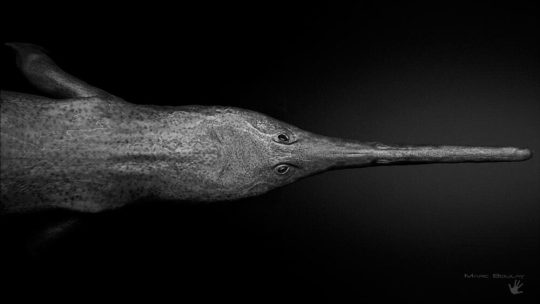
Aphaneramma
Aphaneramma — вимерлий рід морських темноспондилових земноводних, що жив в епоху раннього тріасу. Скам’янілості були знайдені в формації Міанвалі в Пакистані, на Мадагаскарі, у формації Житкова в Росії та у формації Конгрессф’єллет на Шпіцбергені (Норвегія).
Повний текст на сайті "Вимерлий світ":
https://extinctworld.in.ua/aphaneramma/
#aphaneramma#amphibia#triassic#pakistan#madagascar#norway#пакистан#paleontology#paleoart#prehistoric#scientific#article#prehistory#animals#extinct#daily#art#illustration#fossils#animal art#амфібія#палеоарт#палеонтологія#ukraine#ukrainian#мова#україна#українська мова#арт#spitzbergen
11 notes
·
View notes
Text
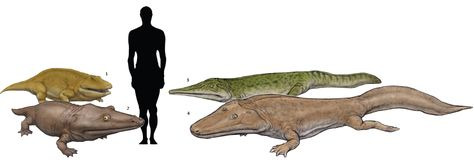
ideal blunt rotation
7 notes
·
View notes
Text
//Bellamy has webbed feet and yes they do go smack smack smack when they walk around without shoes.
2 notes
·
View notes
Text
Life in the Early Triassic

(first row: Sclerosaurus, Lystrosaurus; second row: Hupehsuchus, Triadobatrachus, Cartorhynchus; thrid row: Rebellatrix, Atopodentatus; fourth row: Aphaneramma, Erythrosuchus)
Lystrosaurus - Julio Lacerda
Erythrosuchus - Mark Witton
Rebellatrix - Michael Skrepnick
Aphaneramma - Gabriel Ugueto
Cartorhynchus, Hupehsuchus, Atopodentatus - Nobu Tamura
Triadobatrachus - Alexey Malitskiy
Sclerosaurus - Wikimedia
We‘ve reached the Triassic period and with it the Mesozoic Era, the Age of Reptiles! Right now (about 250 million years ago), the reptiles are not dominating yet - in fact no one really was doing too well, as the Early Triassic was mostly a recovery period with low diversity after the most devastating mass extinction of all time, The Great Dying, at the end of the Permian.
The one exception to this is Lystrosaurus. The pig-sized herbivores somehow made it through the mass extinction mostly unscathed and in a now barren world they re-diversified, took up empty niches and became the most common vertebrate in many areas. It is not entirely clear why they survived. Maybe it was hibernation or burrowing that gave them some kind of protection from the worst parts of The Great Dying, maybe they were just lucky. Whatever it was, these prehistoric cockroaches marked one of the last big hurrahs of the synapsids (our own linage), before they went into hiding and lived their lifes as rodent size critters in the shadows of the reptiles for the following 200 million years or so.
The synapsids were the stars of the Permian, but only three groups of them made it into the Triassic: The carnivorous therocephalians and the herbivorous dicynodonts like Lystrosaurus with bulky bodies, mostly toothless beaks and tusk-like canines. They both went extinct during the Triassic. A third group, the cynodonts, survived much longer and will eventually include all modern mammals, from the tiniest bats to the biggest whales. But right now all of that is just some distant future.
Right now, at the beginning of the Triassic, a lot of other groups hurry to fill empty spaces. Several groups of reptiles decided that, after their ancestors once spent a lot of time and effort to evolve a terrestrial lifestyle, they want to return to the oceans. This included early cousins of the ichthyosaurs (those dolphin-shaped marine reptiles that lived alongside the dinosaurs) like Cartorhynchus and very basal sauropterygians. The most famous member of that group are the Loch-Ness-Monster-looking plesiosaurs, but one early member was the strange Atopodentatus. They possibly used their weird mouths to eat algae, making them one of the earliest herbivorous marine reptiles.
On land, the most interesting development might be the rise of the archosaurs and their close relatives. Over the span of the Mesozoic, the age of reptiles, they became the dominate group of life including many fan-favorites: The giant dinosaurs, the flying pterosaurs, the birds we have today and the wide variety of crocs, both past and present. At the beginning of the Triassic, they are just starting out, but 5 m long predators like the big-headed Erythrosuchus (although they are technically not quite archosaurs), already give a glimpse into their future.
22 notes
·
View notes
Note
The aphaneramma knight will have his dnd debut at the end of the month
YEEEAAAAHH HELL YEAH MAN
11 notes
·
View notes
Note
when i first saw your aphaneramma i thought it was a real live specimen </3. i mean this as a compliment.
Thanks, I get that a lot.
If I'd known it was going to escape paleoblr containment I would have written a more informative description
18 notes
·
View notes
Photo
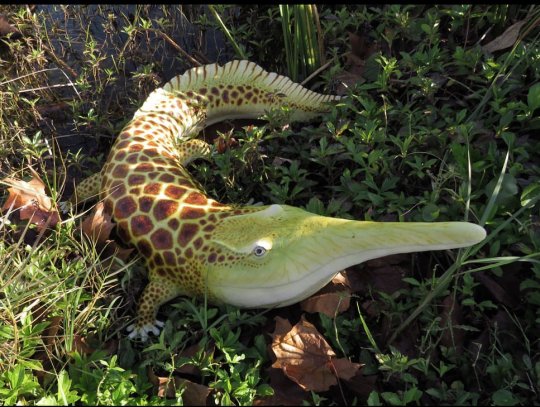
Aphaneramma, a marine temnospondyl amphibian with a cute crocodile face 🐊 #amphibian #amphibiousaf #naturelovers #naturegeography #animalcrossing #amazingnature #crocodile🐊 #crocodilians #animallovers (at Catalina Foothills, Arizona) https://www.instagram.com/p/CeeHCOVpeFFD6woenkIAtg5QjjZDfmPHaZpbBQ0/?igshid=NGJjMDIxMWI=
#amphibian#amphibiousaf#naturelovers#naturegeography#animalcrossing#amazingnature#crocodile🐊#crocodilians#animallovers
1 note
·
View note
Note
The Aphaneramma looks like a plastic statue cause that’s a sculpture !
the human brain is wired perfectly to be able to spot when an animal is real and when it is fake and plastic
1 note
·
View note
Text
i spent several hours on and off today TRYING to draw things i should be drawing and instead i draw a friend and man, the aphaneramma
2 notes
·
View notes
Text
0 notes
Note
Ur aphaneramma sculpture pictures are the second, third, and fourth image results for the creature on google
Huh, neat
#I hope it ends up in some videogames now that more people know it existed#I think it deserves a place alongside Diplocaulus in the cool funky amphibians category
18 notes
·
View notes



